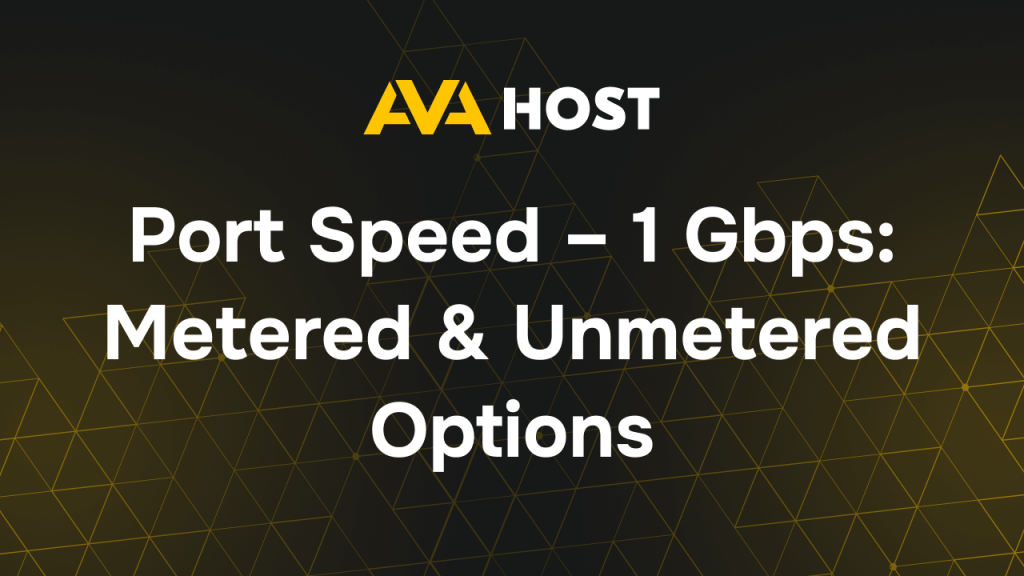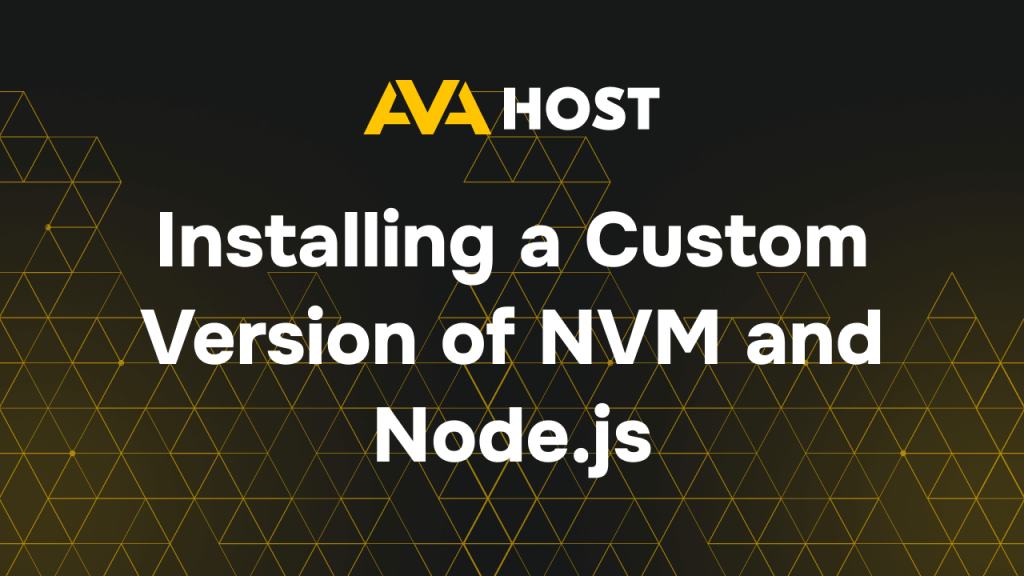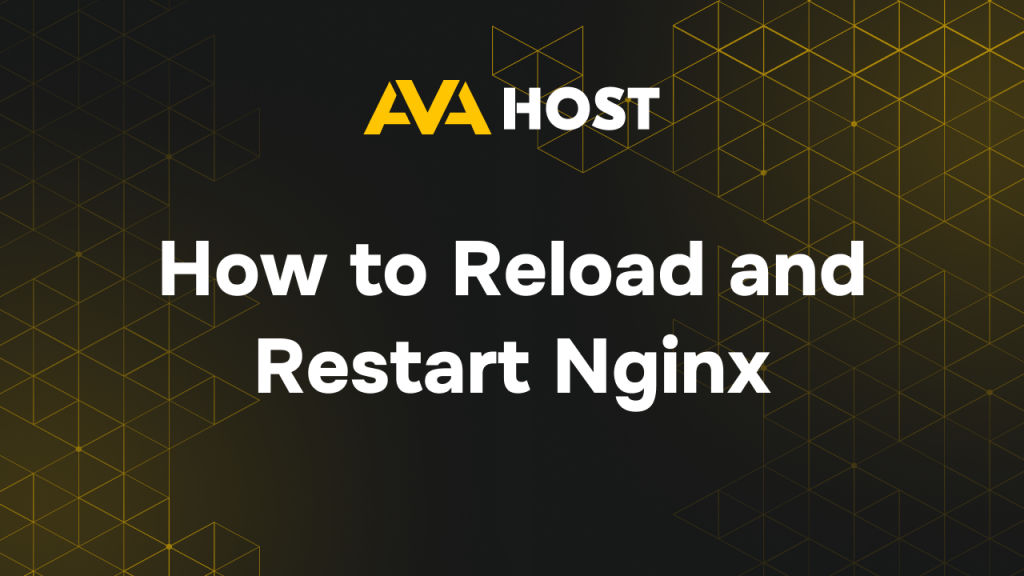F.A.Q

How to Access and Secure Your WordPress Admin Dashboard with AvaHost The WordPress admin dashboard is your control hub for managing your website, from editing content to installing plugins. AvaHost’s performance-optimized WordPress hosting makes accessing and securing your dashboard simple and reliable. This guide walks you through logging in, recovering lost passwords, and securing your […]

How to Change Your Email Account Password Securely Regularly updating your email account password is a simple yet effective way to secure your data and prevent unauthorized access, whether you’re using shared hosting, a VPS, or a dedicated server with AvaHost. This guide outlines two easy methods to change your email password, with practical examples […]

How to Increase PHP Memory Limit for Your Website PHP’s memory_limit prevents scripts from overloading server resources, but modern websites like WordPress or Joomla often need more memory to avoid errors like “Allowed memory size exhausted.” This guide simplifies checking and increasing the PHP memory limit using AvaHost’s cPanel or other hosting setups, with practical […]

Whether you’re running your site on shared infrastructure, a virtual machine or a dedicated server ,installing an SSL certificate enables both HTTP and HTTPS access. Only HTTPS encrypts the data exchanged between the server and your visitors. To ensure full security and SEO compliance, you should enforce HTTPS site-wide using .htaccess. Prerequisites Before proceeding, make […]

Extended Explanation and Recommendations for AvaHost 1 Gbps Port Options AvaHost offers a robust set of 1 Gbps port options that cater to different types of business needs, whether you require standard speeds for moderate workloads or enterprise-grade bandwidth for heavy, high-traffic environments. Understanding the differences between these options is crucial to selecting the most […]

How to Set Up Google Public DNS for Enhanced Internet Performance Google Public DNS boosts your internet experience by offering faster, more secure, and reliable domain name resolution. The Domain Name System (DNS) converts user-friendly names (like google.com) into IP addresses. Switching to Google’s public DNS servers (8.8.8.8 and 8.8.4.4) from your ISP’s default provides […]

Protecting your website with a password is one of the simplest and most effective ways to limit access to sensitive content. Whether you’re restricting access to a development site, admin area, or staging environment, the .htaccess + .htpasswd method is a reliable solution for Apache servers. At the web‑server level, this approach not only safeguards user‑facing pages […]

If you’re running a website on an Apache server, the .htaccess file is one of the most powerful tools at your disposal. It allows you to control how your URLs behave — from redirections to clean URL rewriting — without needing to change your actual server configuration. In this article, we’ll cover the basics of […]

When working with Node.js development environments, flexibility is key. The Node Version Manager (NVM) is a powerful tool that lets developers easily install and manage multiple versions of Node.js on a single system. However, there are times when you might need to install a custom version of NVM or Node.js in your virtual machine— for […]

Nginx is a high-performance, open-source web server trusted by millions of developers and businesses worldwide. It’s known for its speed, scalability, and resource efficiency, which makes it one of the most popular choices for: Hosting websites and web applications Acting as a reverse proxy to distribute requests between backend servers Load balancing traffic to improve […]

